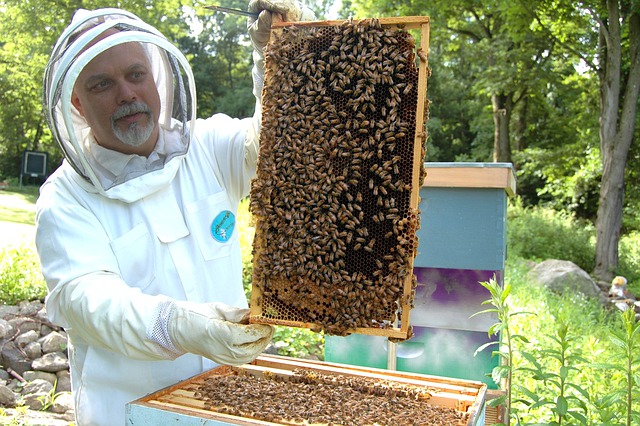
Domestication favored the development of livestock farming.
The word that concerns us now, we can establish that it derives from domesticate , which is a verb that comes from Latin, exactly from domesticus , which means "relative to the house."
The act and consequence of domestication is called domestication : getting a wild or ferocious animal to moderate its temperament and get used to living with humans .
Through domestication, a modification of the behavioral, physiological and morphological characters of a species occurs. These characteristics, which are inherited, arise from adaptive natural selection or artificial selection promoted by man. Generally, domestication seeks to make animals useful to people, although the process can also be carried out spontaneously if it provides benefits to both the human being and the animal.
Domestication according to Zeuner
Over time there has been a lot of talk about domestication. However, one of the most important scholars on the subject was FE Zeuner who, in the 1960s, determined that this process is made up of several phases:
-In the first, man's control over the animal is very weak since so is the union between the two.
-In the second, the human being is beginning to be able to control the reproduction of animals.
-In the third, man once again crosses what are wild forms with domestic ones.
-In the fourth, man controls what production animals are and there is a clear interest in products of animal origin.
-In the fifth, control is carried out on wild species.

Beekeeping became possible with the domestication of the bee.
Origins of these processes
The first domestications of species developed during the Neolithic period. By then, Homo sapiens became sedentary , abandoning the nomadic life. The development of livestock and agriculture as a method of subsistence instead of gathering, fishing and hunting was key to this change.
By creating crops and developing livestock activities, man began to domesticate various animal and plant species. At first, it was difficult for humans to control animals and wild ways remained in force. However, with the passage of time, control was achieved over animal reproduction and the most beneficial characteristics for humanity were selected.
Domestication of insects and plants
There are many types of animals that have been targets of domestication. However, among the most significant are the bees.
Furthermore, we must not overlook the existence of what is known as domestication of plants, which had its origin in Mesopotamia and was carried out with the clear objective of being able to control these living beings in favor of fundamental areas for human life such as food and even medicine.
Differences with dressage
It is important to differentiate between domestication, which encompasses populations of animals and involves subjecting them to a relationship of dependency to eliminate their wild state, and taming , exercised on individuals to tame them.
A tiger can be tamed, but its species was not domesticated: the tiger, therefore, remains a wild animal.
